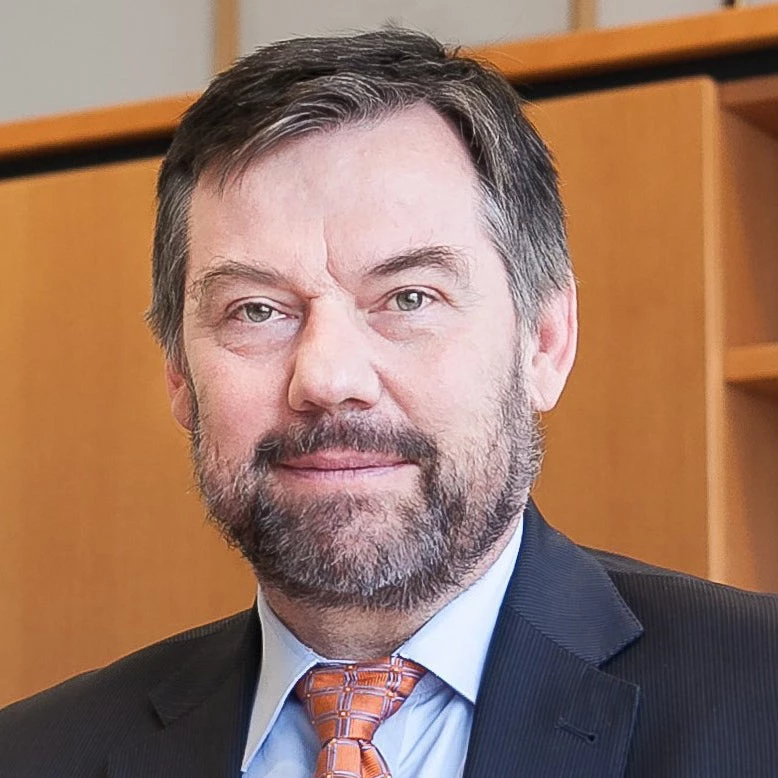
We’re doing a lot of talking and listening here at COP 20 in Lima about climate finance – how hundreds of billions of dollars were invested globally last year to clean up the air, get efficient energy to more people, make agriculture more productive, and build resilience to extreme weather events.
We all know and acknowledge much more still needs to be done – the International Energy Agency and others believe we need at least $1 trillion dollars of new investment each year to address climate change.
There’s no way that public money alone can meet that goal. We need to find ways to catalyze the limited public funds we have to unlock private investment. That, of course, means investors need to have the confidence that the right policies are in place to make long-term investments for the climate.
International development banks are already heavily involved in climate projects. At IFC, the arm of the World Bank Group that works with private sector clients, we were a year early in meeting our 2015 corporate goal for 20 percent of long-term financing in climate-related initiatives. Our investments range from energy efficiency to renewable energy generation to climate change adaptation.
We are also looking at innovative ways to provide more equity to emerging economy businesses with strong and sustainable business plans. Here are a few of the ways we are helping the private sector move forward in the climate space:
- In China, IFC’s China Utility-based Energy Efficiency Finance program provides Chinese banks with a unique risk-sharing facility and advisory services to help them implement climate-smart energy projects. The program brings together utility companies, energy efficiency equipment suppliers, and commercial banks to create a new financing model for promoting energy efficiency. The program has provided a model for sustainable energy finance programs in other countries, such as the Philippines and Vietnam.
- IFC used blended financing to help a Thai solar power visionary build an industry that is now a regional leader. We gave Wandee Khunchornyakong and her Solar Power Company Group a US$8 million loan “blended” with $4 million in concessional financing from the Clean Technology Fund – a multi-donor fund in the Climate Investment Funds (CIF) that provides middle-income countries with resources for renewable energy and energy efficiency projects. Blending public and private funding can help reduce the risks and costs of high-impact projects in climate-related sectors. The blended financing helped SPCG mobilize capital from three local banks that had initially been hesitant to invest in an untested field. Since the initial investments, SPCG has grown to be one of ASEAN’s leading solar PV companies with over 250 megawatts of utility-scale solar capacity. At the COP20 here in Lima, Wandee is being honored as a winner of the prestigious Momentum for Change – Women for Results award.
- In Nepal, with support from the CIF's Pilot Program for Climate Resilience, we are working with the country’s leading agribusiness companies on an innovative agri-climate adaptation program that promotes improved agricultural and water management practices. In addition the agribusiness companies will introduce new farming techniques to smallholder farmers producing rice, maize and sugarcane – three of the crops most vulnerable to climate impacts. The project aims to increase productivity of the farms by 20 percent.
- We have launched a global program that supports green building design in over 100 countries and we have broad-based initiatives under way in 10 countries. In Indonesia, for example, we have helped identify lowest cost and highest impact green building code changes in Jakarta. So far 1.8 million square meters of green construction has been built, delivering over 50,000 tons of CO2e avoided per year, with energy cost savings of US$10.6 million a year. Our new online tool EDGE, for Excellence in Design for Greater Efficiencies, is helping contractors and building owners model the efficiency of buildings using various options and alternative materials.


Join the Conversation